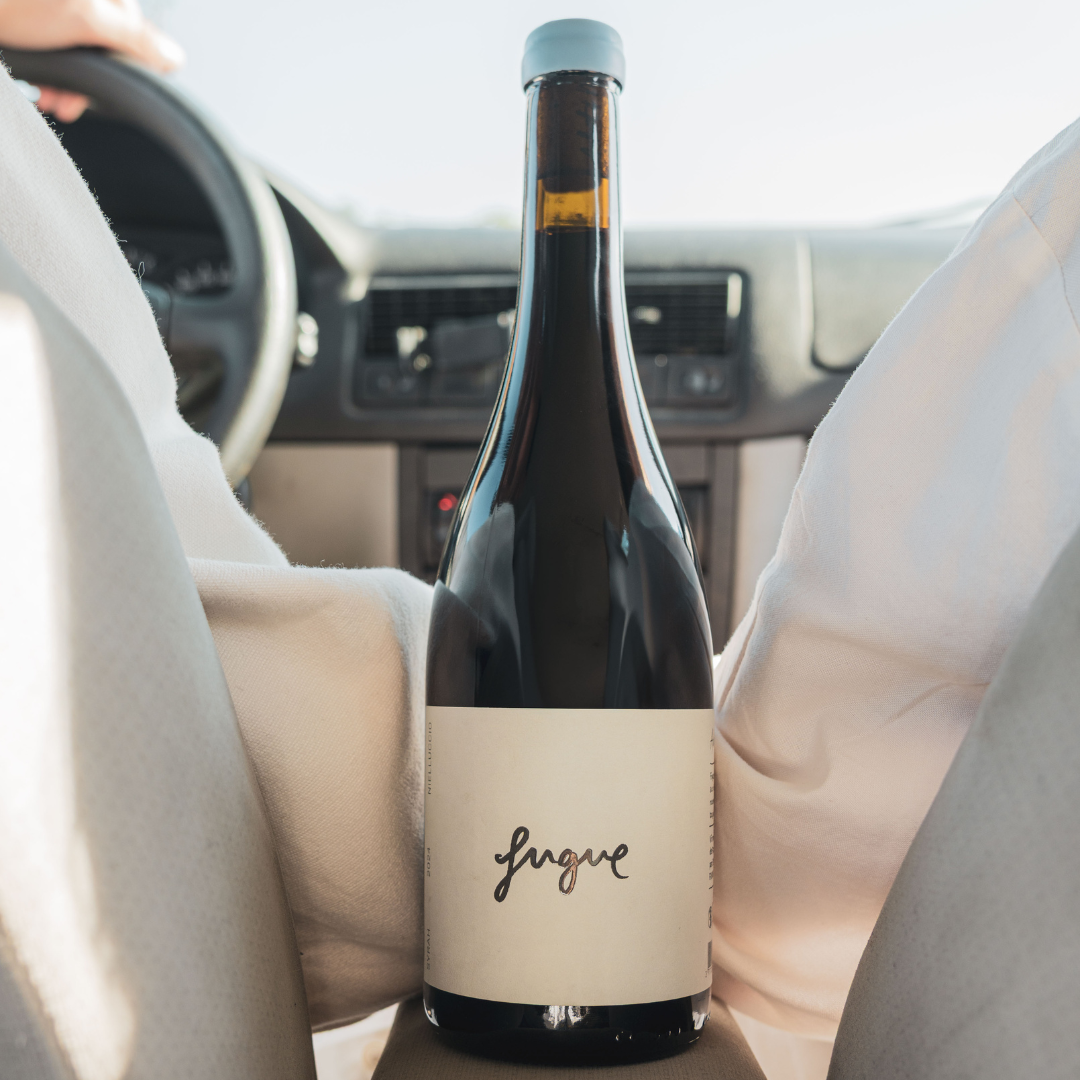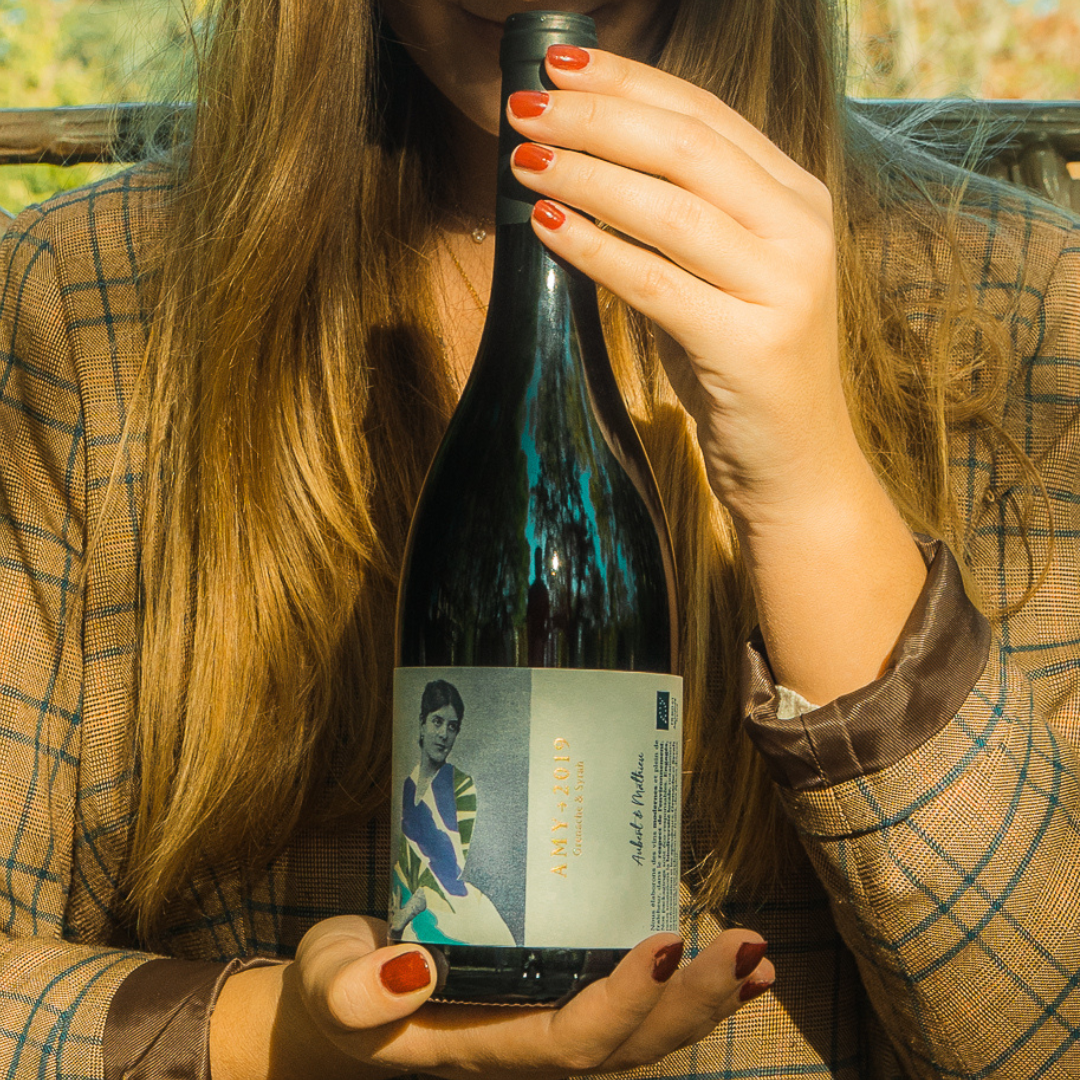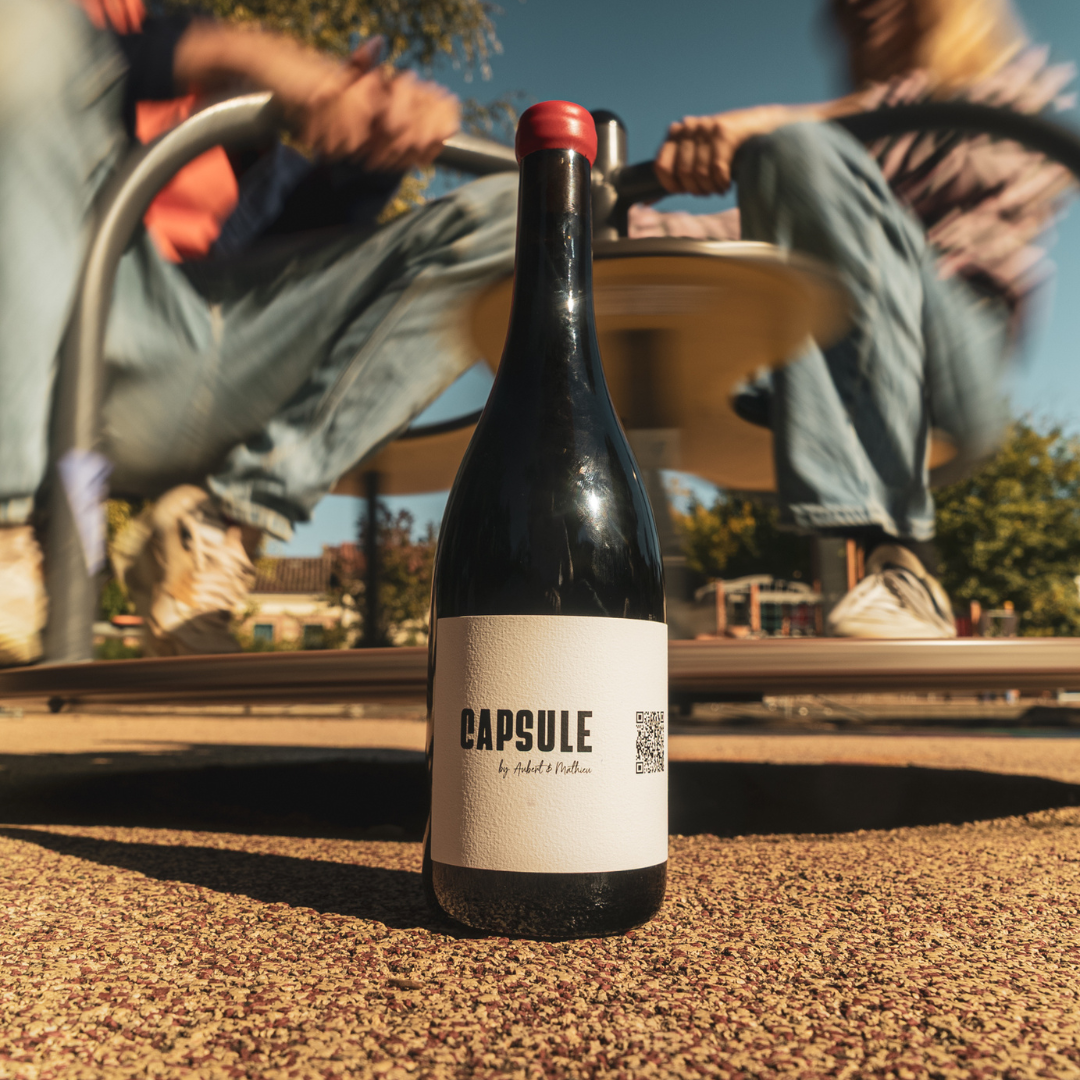
Known for their qualities, Occitanie wines make the reputation of this eponymous region and its surroundings. These beverages display their personality through their varied color and their authentic grape variety, without forgetting the richness of the terroirs and the quality of the vineyards. This piece of French territory alone contains more than sixty AOPs, nearly 50 IGPs and three large wine-growing areas. Each viticulture zone is distinguished by the typicality that its geographical location gives it.
The labels and appellations of Occitanie wines
Due to the diversity of the terroir, Occitan wines benefit from varied characters. Thanks to the latter, the region can benefit from the greatest density of controlled appellation in the world. Associated with the influence of the Mediterranean, the grape variety, often authentic, gives rise to an exceptional flavor that deserves to be classified. Indeed, this wine region benefits from two agricultural and industrial labels as well as two appellations.
IGP wines
The IGP classification rewards an agricultural product which has the reputation of being unique due to its geographical origin. For Occitanie wines, all characteristics such as color and flavor can be explained by the location of the Occitan region. Nestled between the high relief of the Pyrenees or the Massif Central and close to the Mediterranean Sea, the Occitan wine regions have all the requirements to benefit from a Protected Geographical Indication. Added to this is the typicity of its wines and the specificity of the regional grape varieties to produce wine of excellent quality.
AOP wines
In addition to the IGP, Occitanie wines benefit from another globally recognized classification: the protected designation of origin. This classification rewards any agricultural product produced with know-how specific to a region. These production techniques are specific to the territory concerned and do not extend beyond a geographical area. Associated with winemaking, the local grape varieties (Malbec, Tannat and Négrette) form its greatest assets to claim this type of qualitative reward. From growing the vines to bottling, the process of making Occitan wines follows the production techniques typical of these terroirs. These characteristic traits translated into AOP make Occitanie wine an excellent reference in terms of quality and flavor.
The AB label, certified organic wines
The Organic Agriculture label rewards production methods that respect biodiversity and natural resources. Thanks to its climate conducive to ecological viticulture, Occitanie is at the forefront of regions whose vineyards are labeled AB. The local authority is even committed to supporting winegrowers in their efforts to apply environmentally friendly viticulture. In the three wine-growing areas of the region, small producers apply the technique, but the large wine growers also remain in the same dynamism. Thus, many vineyards benefit from the AB label and all Occitan winegrowers contribute to the production of organic wines.
HVE label
Apart from AB, another certification allows winegrowers to opt for a process that respects nature: HVE. In Occitania, vineyards which are not labeled organic farming are awarded the title of High Environmental Value. For a wine estate, the label can concern both the production and the entire terroir. This certification rewards a production system including irrigation, fertilization as well as respect for biodiversity and phytosanitary intervention. Several properties benefit from this quality brand such as Domaine Saint Thomas or Les Remparts.
The Occitan wine region and the wines of Occitanie
In Occitania, the wine-growing area extends over two parts: the southwest and the southeast. In total, the region has 263,000 hectares of vineyards, including 37,000 in the west and 226,000 in the east. This wine region is subdivided into different terroirs: Languedoc and Roussillon, grouped in the south-east and south-west areas.
Southeast Wines and Vineyards
Bringing together the natural regions of Languedoc and Roussillon, the southeastern vineyard faces the Mediterranean Sea at the foot of the Eastern Pyrenees. Overhung by the Montagne Noire, it then extends into the Gulf of Lion to be limited to the north by the hillsides of Cévennes. Each terroir has its authentic grape variety and its wines of character.
- In the natural region of Languedoc, appellations such as the AOP Corbières are renowned for expressing the contrasts between the humid climate of the Mediterranean and the dry climate of the side of the Montagne Noire.
- IGP Côtes de Tongue wines take their specific characteristics from the geological and meteorological influence of the region. This designation brings together more than twenty municipalities, cooperatives and around sixty estates.
- Between the heat of the Mediterranean and the freshness of the Cévennes, the Pic Saint Loup vineyard finds a location conducive to its development. The red wines there are deeply fruity and spicy with a hint of aromatic plant. Rosés express a perfectly balanced fruity flavor.
- The Wines of the City of Carcassonne honor their production area characterized by the climatic effect and the typicality of the vineyards. This wine-growing land bears a label of the same name and brings together around thirty estates.
- Limoux wines draw their characters from its unique grape variety, Mauzac. Blanquette, an ancestral method, Blanquette de Limoux and Crémant de Limoux make the reputation of this terroir.
- As for the Pic Saint Loup appellation, it refers to velvety wines of unequaled depth and benefits from a protected designation of origin. This terroir is better suited to red wines, but rosés are also produced there.
In Roussillon, Côtes de Roussillon Village refers to red wines resulting from a combination of grape varieties such as Grenache noir, Mourvèdre, Syrah and Carignan.
- The Maury appellations are recognized by the sweetness of their wines characterized by a majority of Grenache grape varieties.
- The Banyuls appellation refers to naturally sweet red wines aged in glass carboys or barrels. Its oxidative character has given way to different methods allowing white, amber, rimage, rosé or traditional Banyuls to be produced. As for Banyuls Grand Cru, it designates the wine made mainly with red Grenache and aged for 30 months in an oak barrel.
- Nestled on the Vermeille coast, Collioure is the source of AOP red, rosé and white wines. Matured with Grenache Noir and aged until they have a perfect aroma, these wines are distinguished by their softness on the palate.
- Characterized by an alternation of schists, gneisses and granite arenas, the Côtes du Roussillon Villages produce exclusively powerful and dense red wines. This name varies depending on the terroir and the village concerned. Thus, it is subdivided into Côtes du Roussillon Villages Les Aspres, Côtes du Roussillon Villages Caramany, Côtes du Roussillon Villages Lesquerde, Côtes du Roussillon Villages Latour de France and Côtes du Roussillon Villages Tautavel.
- Muscat de Rivesaltes is intended to produce Muscat d’Alexandrie and Muscat à petits grains. These two types of grapes combine to produce exceptionally sweet wines that can be enjoyed all year round. This sweetness is topped with typical bouquets to brighten up all tables.
Southwest wines and vineyards
Located in the Occitanie region, the southwest vineyard extends between the moors and the Atlantic Pyrenees to the foot of the Massif Central. This territory brings together various vineyards producing exceptional wines characterized by the quality of their soil. Among the best known, we can cite the following names.
- Armagnac & Floc de Gascogne: this vineyard nestled in the Gers department brings together three terroirs, including Ténarèze, Haut-Armagnac and Bas-Armagnac. In addition to vintage Armagnac, it produces wines such as Blanche d'Armagnac and Floc de Gascogne. Depending on their age, Armagnac can be classified as hors d'Âge, XO, VSOP or VS.
- The Madiran vineyard occupies the hillsides of Gers and Hautes-Pyrénées and produces wines expressing the oceanic influence associated with a mountain climate.
- An extension of Madiran, the Saint Mont vineyard dominates the Côtes de Gascogne. This terroir is suitable for red and rosé wines typical of the southwest, Tannat being the dominant grape variety.
- The rolling hillsides of Gaillac reflect a perfect balance between a Mediterranean climate and oceanic influence. Gaillac wines are then available in dry white, aromatic red, rosé, primeur and sparkling wines.
- Fronton wines reveal a nose characterized by a local grape variety: Negrette. The velvety tannin of reds and rosés enhances the quality of these AOP certified vines.
- Cahors vines grow on alluvial soil and limestone Causses. Added to the effect of an oceanic and Mediterranean climate, this terroir is famous for its black wines with dark purple colors and silky tannin.
- As for the Coteaux du Quercy, they invite you to taste red or rosé wines of dense color with an expression of ripe fruit and a hint of spice.



